$OIL $UNG $USO
#Iran #NaturalGas #SouthParsField #Energy #PetroPars #Qatar #PersianGulf #GasProduction #EnergyMarkets #OilAndGas #Commodities #GlobalEnergy
In a significant development, Iran has announced an increase in natural gas production from the South Pars field, one of the largest natural gas reserves in the world. This escalation in production comes after the successful commissioning of a new well in the field’s Phase 11. Iranian media sources highlighted on Tuesday that the operationalization of the eighth well at South Pars 11, a crucial part of the 11th development phase, aims to enhance the daily natural gas production by 3 million cubic meters (mcm/d). This advancement is part of Iran’s broader strategy to capitalize on its vast natural gas reserves, shared with Qatar across the Persian Gulf, underscoring the field’s strategic importance in the global energy landscape.
The South Pars gas field, pivotal for both Iran and Qatar, has long been recognized as a cornerstone in the global natural gas supply. The addition of the new well is not just a technical milestone but also a significant step towards maximizing the extraction capabilities of this vast resource. According to the state-run firm PetroPars, which oversees the development of this project, the total output from the South Pars field has now reached an impressive 20 mcm/d. This increment in production denotes a notable contribution to Iran’s gas output, providing a substantial boost to its energy sector amidst various geopolitical and economic pressures.
The implications of this increase in natural gas production are far-reaching. For Iran, it represents an opportunity to bolster its economy through enhanced energy exports, in a period where the country faces stringent international sanctions. Furthermore, the expansion of the South Pars field’s output could influence global natural gas prices and market dynamics, potentially offering Tehran increased leverage in international energy markets. Meanwhile, for global consumers, this development might contribute to more stable natural gas supplies, particularly for nations dependent on imports to meet their energy needs.
This venture into heightened natural gas production by Iran also underscores the strategic competition in the Persian Gulf region, particularly with Qatar, the other shareholder of the South Pars/North Dome gas field. As both countries seek to maximize their returns from this shared resource, their efforts could have substantial implications for the global natural gas market, affecting prices, supply security, and geopolitical relationships. Additionally, this development highlights Iran’s ongoing commitment to invest in its energy infrastructure, despite facing significant challenges, and its potential to influence energy markets well beyond its borders. Analysts will be closely monitoring the impact of Iran’s increased production on regional dynamics and global energy markets, particularly in terms of pricing and supply chains.
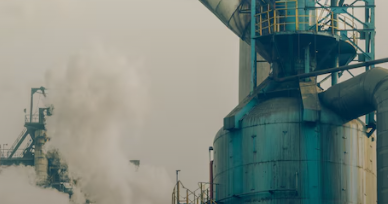


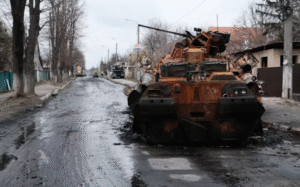
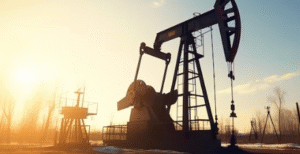

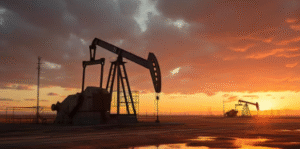


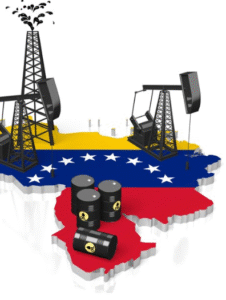
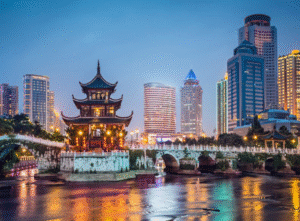
Comments are closed.